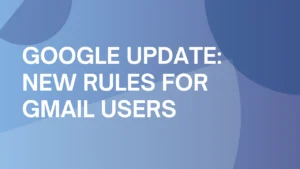DKIM is an email authentication method that helps verify whether an email was really sent by the domain it claims to come from, and that it wasn’t tampered with along the way. It does this by attaching a unique digital signature to every message.
How it works
When you send an email, your domain’s private key generates a digital signature and attaches it to the email header. This signature is essentially a hash of the message contents, encrypted by your domain’s private key.
When the email reaches its destination, the receiving server looks up your domain’s public key (published in your DNS records). It then uses this key to decrypt the signature and compare it to the contents of the received email.
If the signature checks out, the email is authenticated and considered legitimate. If the content has been changed or the message came from an unauthorized sender, the signature fails and the email may be flagged or blocked.
Why it matters
- Protects your domain from spoofing and phishing
DKIM helps inbox providers identify whether someone is trying to fake your domain or tamper with your emails. - Builds trust and credibility
Verified emails are more likely to land in inboxes and be trusted by both providers and recipients. - Improves deliverability
When DKIM is set up correctly (along with SPF and DMARC), it boosts your sender reputation and keeps your emails out of the spam folder
Pro tip: DKIM doesn’t work alone! It’s most effective when combined with SPF and DMARC. Make sure your DNS records are correctly configured, and test them using tools like MXToolbox or Google’s CheckMX.
If you’re doing cold outreach or marketing, having DKIM set up is a must for avoiding spam folders. If you’d like to learn more about DKIM, check out our blog here.



